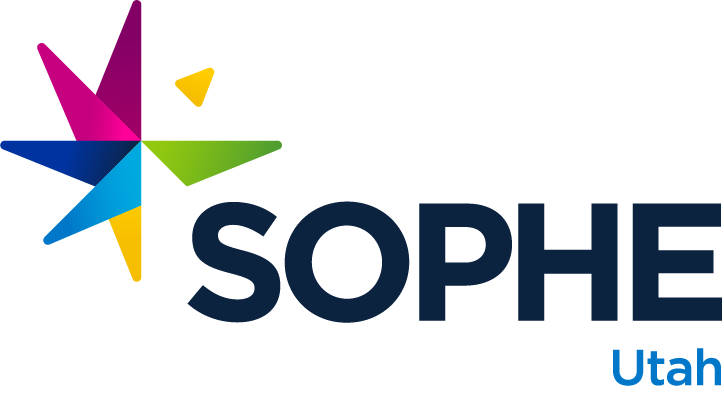Tags:
Professional Development and Continuing Education
Photo Credit: Unsplash - ThisisEngineering RAEng
Professional Development is the process of improving skills and attitudes, and gaining knowledge in order to help you continue to be successful in your current role and prepare you for advancement (Antley, 2020). The public health world continues to advance and improve on a daily basis. Not to mention, the professional world is also becoming increasingly competitive. It is more important than ever to keep your professional skills sharp and your education relevant.
Continuing Education refers to any learning opportunities that can help you learn new skills or expand personal interests (Indeed Editorial Team, 2021). There are many ways to continue your education: degree programs, certifications, online courses, seminars and conferences, on-the-job training, continuing education, adult learning courses, etc. To determine which opportunities might fit you best, think about your interests, set a goal, consider your schedule and budget, and research available opportunities.
Both professional development and continuing education play a synonymous role. They involve learning and expanding skills to help you become a successful professional in the workplace. Lyndon B. Johnson encourages us by saying, “Education is not a problem. Education is an opportunity.”
Video: Professional Development 101: The Basics by the Centers for Disease Control and Prevention (CDC)
References
Antley, T. (2021, November 15). What Is Professional Development and Why Is It Important? WebCE. https://www.webce.com/news/2020/07/16/professional-development
Indeed Editorial Team. (2021, May 13). 12 Types of Continuing Education. Indeed Career Guide. https://www.indeed.com/career-advice/career-development/types-of-continuing-education

No responses yet